Minister McConalogue was left in no doubt about the challenges facing the suckler herd on his visit to the Newford farm open day this week. Top class technical performance, improved environmental sustainability, but financial sustainability challenged – even with one of the best beef prices ever achieved in 2022.
There is no doubt that technically the Newford Farm is performing – growing lots of grass, stocked well, breeding good genetics and producing early slaughter age cattle. All of these characteristics match market requirements. Yes, some farmers at the open day questioned why the heifers were slaughtered 20kg to 30kg lighter than other suckler bred stock, with bullocks maybe 40kg lighter than most comparable suckler stock.
However, when you balance off the lower age of slaughter at 18 months for the heifers and 21 months for the bullocks, you start to see the trade off to the lower per head output, which is the 300kg carcase heifer and the 350kg bullock.
The challenge for Newford is that in 2022 costs went in the wrong direction. This happened on all farms – feed prices up, fertiliser prices up, the cost of energy sky rocketed, so those farms moving between fragmented land blocks saw transport costs go through the roof. Making silage on an outfarm and trucking it home now costs big money.
Contractor bill
The machinery contractor bill for Newford was over €30,000 last year. To be crystal clear, going forward, this is an 85 cow suckler farm on 140 acres. On average it is only going to sell 80 to 90 animals a year when you factor in everything – deaths, births and normal culling rates.
Some of that contractor bill is investment in environmental sustainability, such as reseeding and getting clover stitched in, so long term the fertiliser bill can be lower – more of the investment by farmers into sustainability that often goes unseen and often unrewarded.
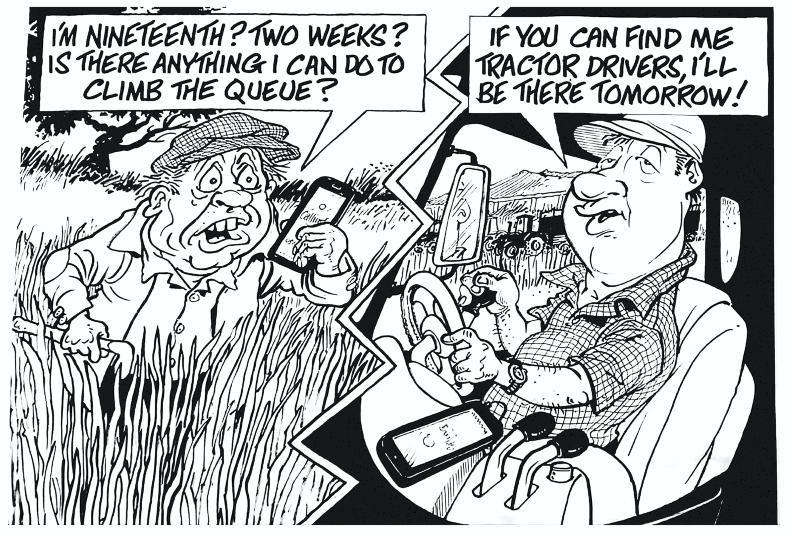
On Tuesday, Dawn Meats suggested early slaughter, and this type of lighter carcase is suitable for the market. However, the reality is, at farm level it needs to be matched with lower costs or the margin for the farmer is very small.
Forecast
The forecast for this year is to make €400/ha margin doing things extraordinarily well. That’s less than €200/acre on a free draining block of land with no value on own labour and no land rent in. It just doesn’t stack up long term without Government supports. Essentially, it is these supports that keep that farmer delivering the hard work, passion and skillset required to deliver top quality food and a public good service maintaining the countryside.
This is where the SCEP, the BISS, the BEEP and the ACRES schemes are essential for these farmers, or otherwise any young person would be better off away from the suckler farm.
It would seem inevitable the early maturing type stock will be more of a feature going forward.
If there is going to be 900,000 suckler cows, then give or take 180,000 replacements are needed nationally every year. Potentially a good few suckler replacements could come through a target mating program from the dairy herd.
A lot of part time suckler producers don’t breed replacements. They don’t have the scale and are usually in a system of selling weanlings or terminal breeding.
It is clear the Newford lower per head output, but higher stocked system, isn’t for everyone. Many part time suckler farmers are more into extensive recycling of more mature grasses with smaller numbers and driving for more output per animal.
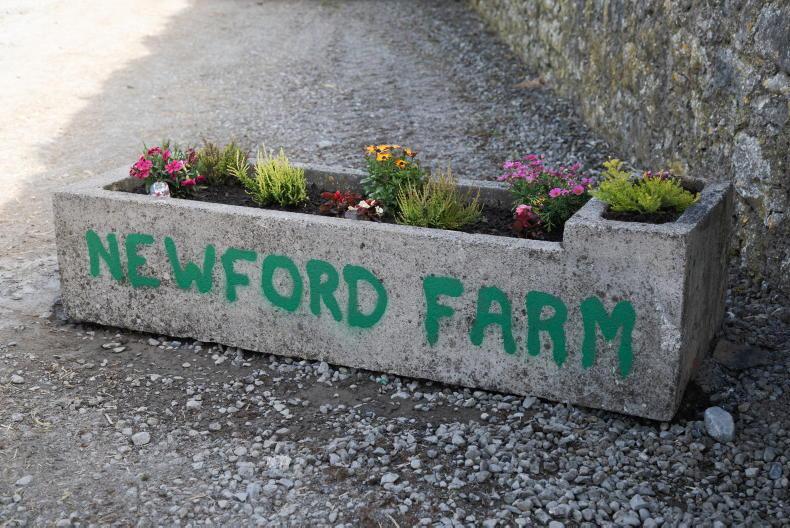
\ Claire Nash
Instead of 2.5 cows/hectare it could be closer to 1.5 cows/hectare. There is more flexibility and wriggle room in that type of a system for part time operators.
The beauty of the likes of the Newford project is that it brings all the key happenings together so farmers can see the breeding, the environmental play, the financials and the work involved all in the one space over a long period. There is no doubt the team at Newford put their best foot forward at what they feel technically is the best way to manage a suckler herd on fragmented land.
The challenge
The industry challenge is: even when doing that, is it enough, given the backdrop of €60 per head dropping off beef price in the last two weeks?
On top of this, include the fact that Ireland’s biggest market for Irish beef is opening up next week to tariff free imports from Australia and New Zealand. We give out about the processors a lot, but we need them and the likes of Bord Bia even more now.
The goodwill in the tank for our high quality grass based product needs to come home to roost over the next number of years when we are competing with product that is €1 to €2 per kg lower in farmgate price than Ireland.
There is no doubt that Ireland will always be best located to supply UK beef import requirements. Our high EU standards and that ‘just in time’ delivery schedule works well with the supermarkets and the fast food outlets. The meat factories need the UK market to continue to deliver and China to open up further. The suckler farmers need the minister to support the sector or watch and accept their continuing gradual demise.
Minister McConalogue was left in no doubt about the challenges facing the suckler herd on his visit to the Newford farm open day this week. Top class technical performance, improved environmental sustainability, but financial sustainability challenged – even with one of the best beef prices ever achieved in 2022.
There is no doubt that technically the Newford Farm is performing – growing lots of grass, stocked well, breeding good genetics and producing early slaughter age cattle. All of these characteristics match market requirements. Yes, some farmers at the open day questioned why the heifers were slaughtered 20kg to 30kg lighter than other suckler bred stock, with bullocks maybe 40kg lighter than most comparable suckler stock.
However, when you balance off the lower age of slaughter at 18 months for the heifers and 21 months for the bullocks, you start to see the trade off to the lower per head output, which is the 300kg carcase heifer and the 350kg bullock.
The challenge for Newford is that in 2022 costs went in the wrong direction. This happened on all farms – feed prices up, fertiliser prices up, the cost of energy sky rocketed, so those farms moving between fragmented land blocks saw transport costs go through the roof. Making silage on an outfarm and trucking it home now costs big money.
Contractor bill
The machinery contractor bill for Newford was over €30,000 last year. To be crystal clear, going forward, this is an 85 cow suckler farm on 140 acres. On average it is only going to sell 80 to 90 animals a year when you factor in everything – deaths, births and normal culling rates.
Some of that contractor bill is investment in environmental sustainability, such as reseeding and getting clover stitched in, so long term the fertiliser bill can be lower – more of the investment by farmers into sustainability that often goes unseen and often unrewarded.

On Tuesday, Dawn Meats suggested early slaughter, and this type of lighter carcase is suitable for the market. However, the reality is, at farm level it needs to be matched with lower costs or the margin for the farmer is very small.
Forecast
The forecast for this year is to make €400/ha margin doing things extraordinarily well. That’s less than €200/acre on a free draining block of land with no value on own labour and no land rent in. It just doesn’t stack up long term without Government supports. Essentially, it is these supports that keep that farmer delivering the hard work, passion and skillset required to deliver top quality food and a public good service maintaining the countryside.
This is where the SCEP, the BISS, the BEEP and the ACRES schemes are essential for these farmers, or otherwise any young person would be better off away from the suckler farm.
It would seem inevitable the early maturing type stock will be more of a feature going forward.
If there is going to be 900,000 suckler cows, then give or take 180,000 replacements are needed nationally every year. Potentially a good few suckler replacements could come through a target mating program from the dairy herd.
A lot of part time suckler producers don’t breed replacements. They don’t have the scale and are usually in a system of selling weanlings or terminal breeding.
It is clear the Newford lower per head output, but higher stocked system, isn’t for everyone. Many part time suckler farmers are more into extensive recycling of more mature grasses with smaller numbers and driving for more output per animal.

\ Claire Nash
Instead of 2.5 cows/hectare it could be closer to 1.5 cows/hectare. There is more flexibility and wriggle room in that type of a system for part time operators.
The beauty of the likes of the Newford project is that it brings all the key happenings together so farmers can see the breeding, the environmental play, the financials and the work involved all in the one space over a long period. There is no doubt the team at Newford put their best foot forward at what they feel technically is the best way to manage a suckler herd on fragmented land.
The challenge
The industry challenge is: even when doing that, is it enough, given the backdrop of €60 per head dropping off beef price in the last two weeks?
On top of this, include the fact that Ireland’s biggest market for Irish beef is opening up next week to tariff free imports from Australia and New Zealand. We give out about the processors a lot, but we need them and the likes of Bord Bia even more now.
The goodwill in the tank for our high quality grass based product needs to come home to roost over the next number of years when we are competing with product that is €1 to €2 per kg lower in farmgate price than Ireland.
There is no doubt that Ireland will always be best located to supply UK beef import requirements. Our high EU standards and that ‘just in time’ delivery schedule works well with the supermarkets and the fast food outlets. The meat factories need the UK market to continue to deliver and China to open up further. The suckler farmers need the minister to support the sector or watch and accept their continuing gradual demise.







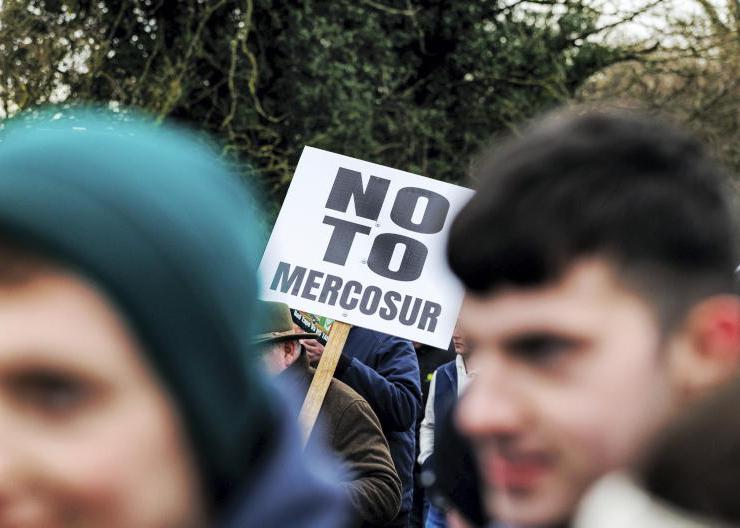


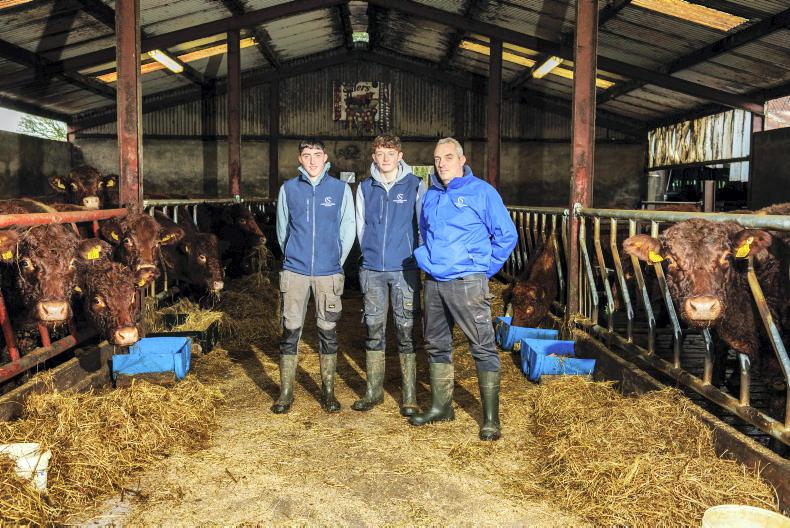
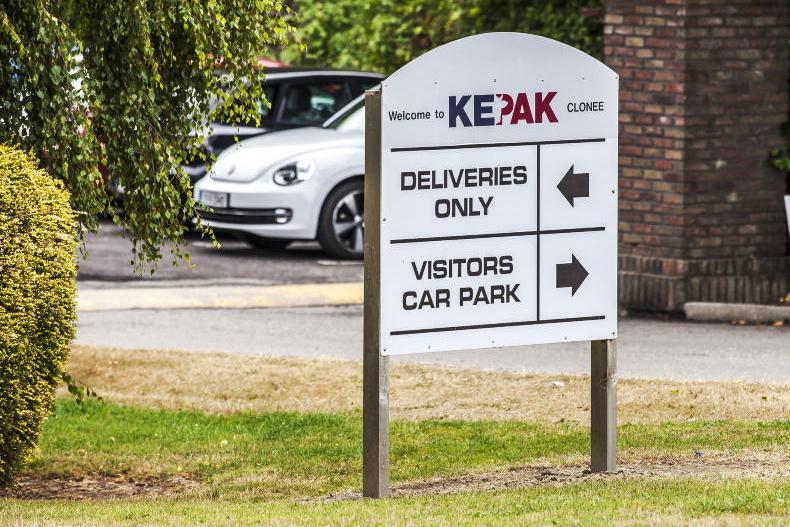
SHARING OPTIONS